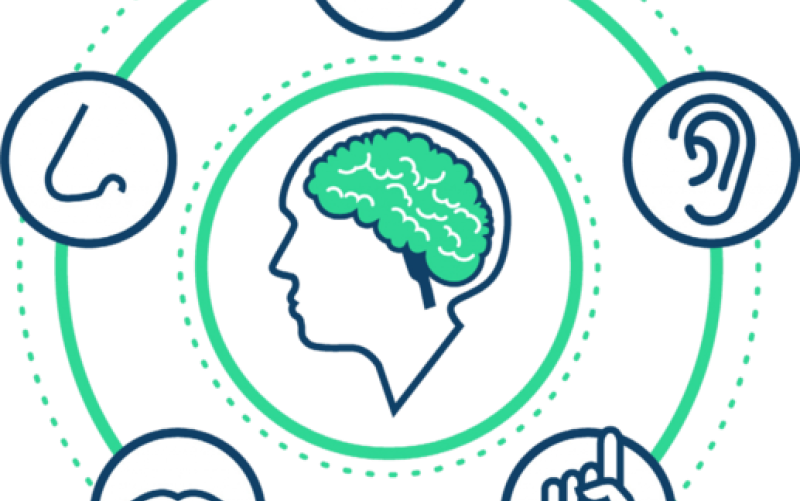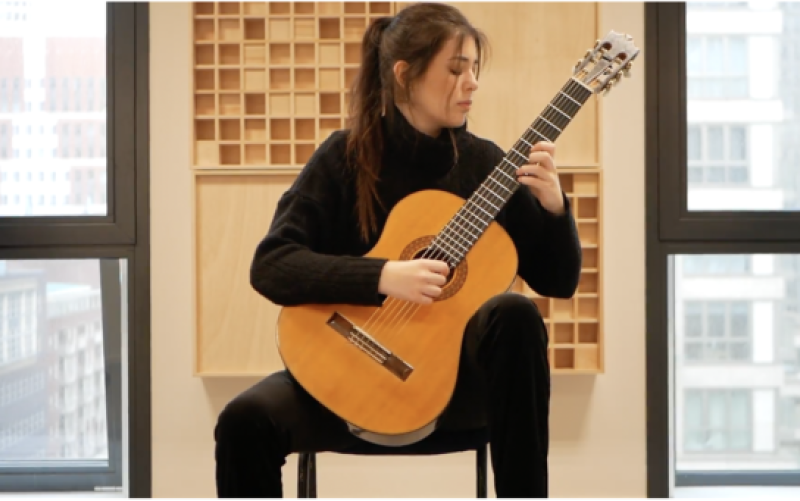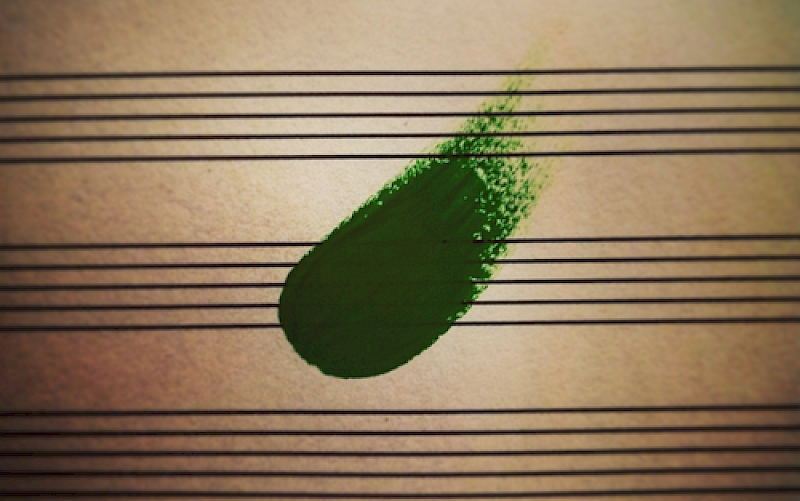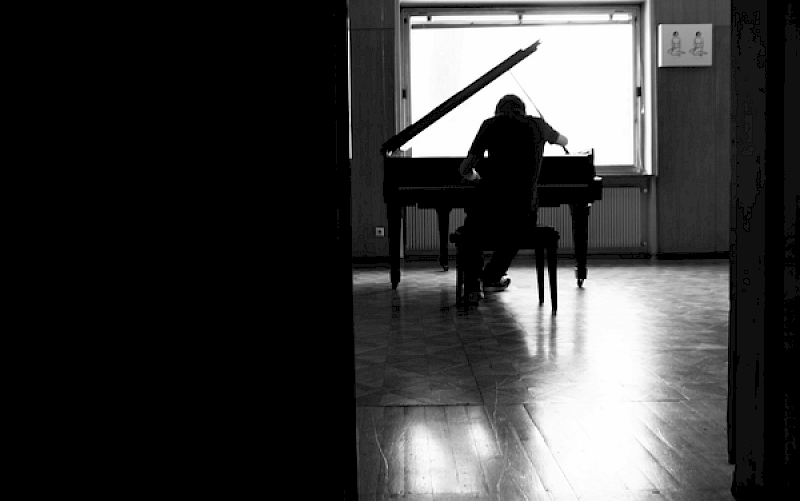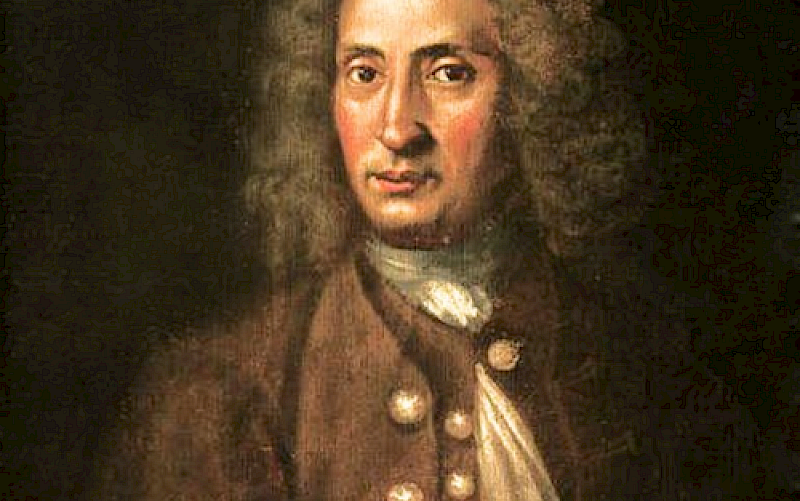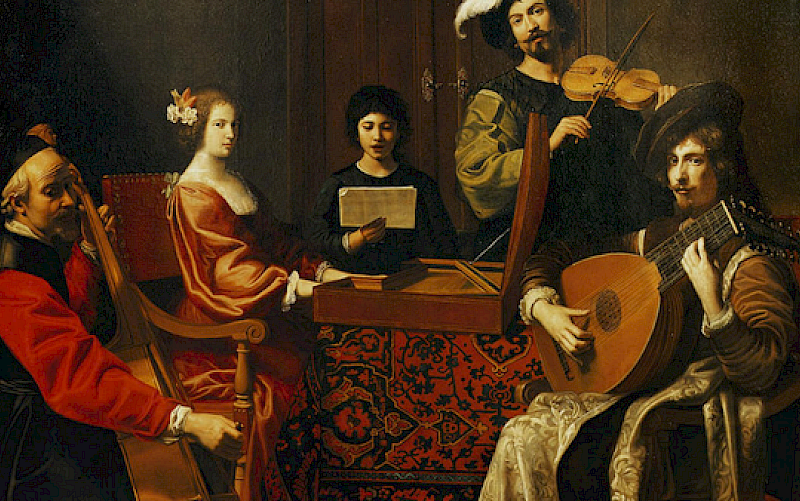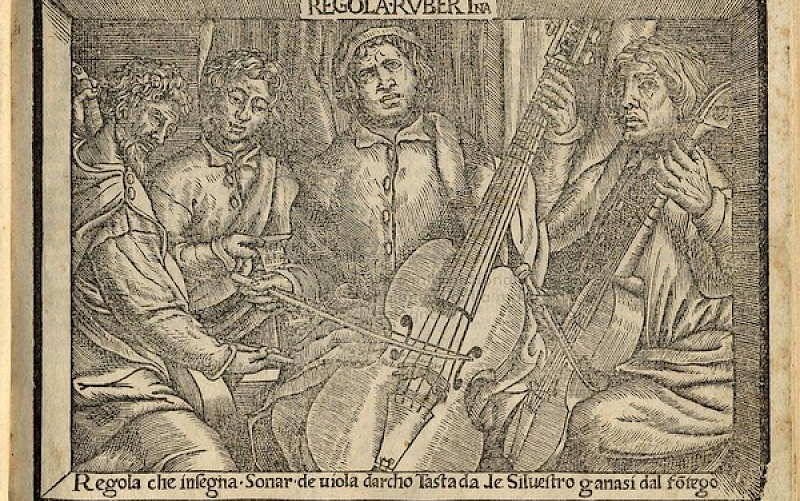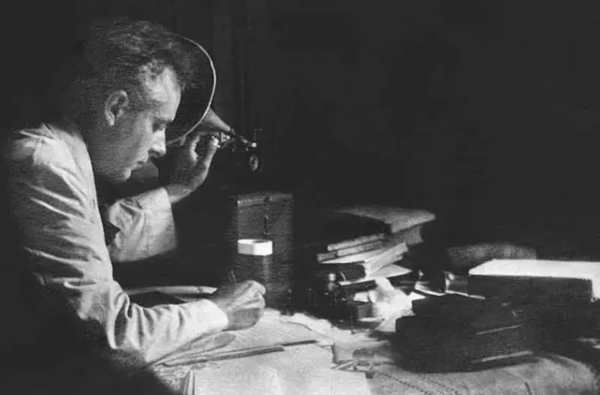
Authenticity in Transcribing
This research explores the concept of authenticity in transcription. It is applied to Béla Bartók's Six Dances in Bulgarian Rhythm, movements one, two and five. By prioritising different aspects, the overall look of the transcription is shaped. Examples of these aspects are the sonic possibilities of the chosen or original instrumentation, the general style of the composer and the piece, one's own musical context, the technical abilities of the players... All these aspects could be considered as a form of authenticity. The first chapter elaborates on the concept and discusses methods of transcription. The second chapter analyses the history of the classical guitar, including its transcriptions. The guitar's search for a place in the classical mainstream has encouraged guitarists throughout the centuries to write transcriptions. Throughout history, the concept of authenticity in these transcriptions has changed. The final chapter discusses the entire process of transcribing, from the intentions behind selecting the piece to the obstacles and dilemmas that arose during the process. It shows that the transcribing part is as important as the individual practice and rehearsals. They alternate and influence each other. The Six Dances in Bulgarian Rhythm were of great importance to Bartók. Today they are not as popular as his Six Romanian Folk Dances but given their historical context they deserve to be heard more in today's classical music scene. Finally, it becomes clear that the abstract musical idea of the composer should be kept clear from the beginning to the end of the transcription process.
Author: Marie-Lou Debels
